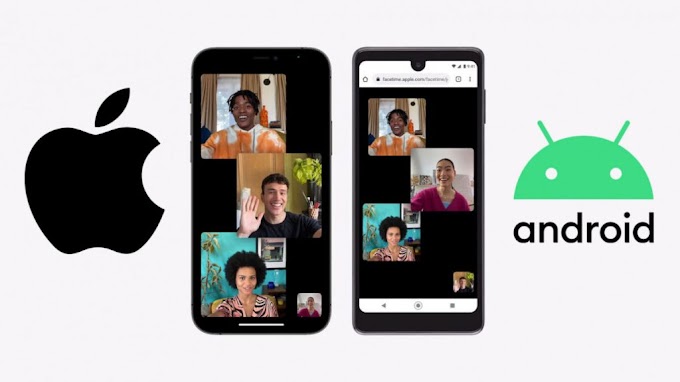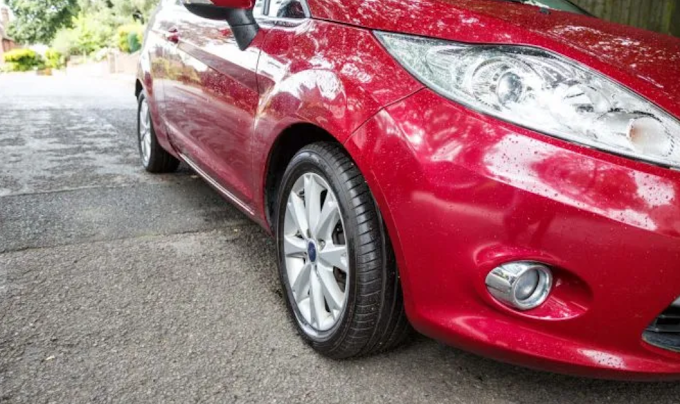To transport yourself anyplace on camera, all you need is some fabric and a few lights.
THE GREENSCREEN IS AN IDEAL TOOL FOR FILMMAKING. It's a strong method that's been around for almost a century, but it's also simple enough that you could make your own out of cloth from a craft store. Even though it has a poor connotation, it's one of the most useful tools you can have in your arsenal.
While we'll use the term greenscreens throughout this post it's important to note that the term isn't limited to green. In reality, the procedure utilized in greenscreens is referred to as chroma keying. This technique removes a single color from a photograph usually green or blue leaving only the subject on a translucent background, which may then be placed on any other background. If you want to upgrade your Twitch cam setup, converse to yourself in the void, or sneak into the Vatican, it's a godsend. This is what you'll require.
Begin with a high-quality screen.
Because of how chroma keying works, it can work with nearly any surface that is a single, flat hue that contrasts with your subject. Dune, for example, was well-known for his use of brown "sand screens." Green and blue screens are commonly utilized because human skin tones contrast well against them, but any solid hue can technically be used.
However, achieving that solid color can be more difficult than it appears. Fabric wrinkles and uneven illumination can throw your key off. This is also an issue with painted walls in your home, which frequently have textures or are partially mirrored. With that in mind, you should search for more than just color in a greenscreen.
The screen's size. You can get away with using a pop-up backdrop if you only need to photograph one person standing stationary. This one from Newer ($80) is one I've liked and used. You'll need a larger screen for larger scenes with more individuals. Keep in mind that to avoid casting shadows, you should keep a small distance between your subject and the screen.
The kind of substance. Fabric is used in the majority of greenscreens, however it isn't the sole alternative. Some fabrics, such as foam or spandex, are more wrinkle-resistant than others. You can also paint hard backdrops like cardboard or wood with a little effort. If you plan to shoot on site or elsewhere where the screen will not be against a wall, you may also want a thick material to avoid light flowing through from the rear.
The material is non-reflective. It's crucial to light your screen evenly, but if your greenscreen is overly reflective, this can be difficult. This is more obvious on a glossy surface, such as a painted wall, but any bright spots on your screen will be an issue later. Get materials with a more matte finish to make your lighting task easier.
You can make your own screen out of craft or hardware shop supplies. Alternatively, you can purchase reasonably inexpensive kits that include everything you need, such as stands, a fabric backdrop, and clamps. I've been using this one from Emart ($70) for a long and it's worked wonderfully.
Have a few stands on hand
There's almost no such thing as having too many stands. They're always useful, whether you need them to hang a fabric screen or set up lighting. You can also keep a number of different types of stands on hand. The correct ones will depend on how heavy your gear is, how much space you have, and how much money you have.
Photography tripod supports are among the most frequent (and least expensive). These tripods feature 1/4-inch screw points for mounting lights, clamps, or your camera, but I recommend spending a bit more money on a more solid tripod like this one ($80). Because it's still light and easily knocked over, don't place anything too valuable or heavy on it.
Backdrop stands, such as this one ($50), might be more useful for larger screens. (The greenscreen and a backdrop stand are included in this bundle.) These are similar to photography stands, but they come in pairs, have longer screw points, and a telescoping crossbar from which fabric screens can be hung. These aren't completely stable, but as long as your subject isn't thrown against the screen, they should be fine.
C-stands are a more durable choice. These are pricey ($165), and I haven't tried any of them yet. If you're on a tight budget, you might only need one for your most valuable items. Three independent legs, each of which can rotate up to 120 degrees, help to stabilize the stand. It's also strong enough to stand alone and support a telescoping arm. These can be quite useful for supporting big lights that are needed to light your greenscreen while remaining invisible to the camera.
How to Properly Light Your Greenscreen
There are a plethora of ways to light both your subject and your screen, and there are few bad choices when it comes to gear. Your aims will be the same regardless of the type of lighting you use: uniformly light your screen, prevent casting any shadows, and light it separately from the lighting on your subject.
This can be difficult, but you'll almost always need at least a couple of large, strong light sources. Smaller lights, especially when placed close to the screen, create hot spots, where the sections of the screen closest to the light are significantly brighter than those further away. You have two alternatives to remedy this: get some huge lights or diffuse smaller ones.
Softbot photography lighting are very handy in this situation. Emart's ($83) has been a good buy for me. It contains a few light bulbs. The softbox evenly distributes the light and reduces harsh shadows. It's useful for lighting your subject, but it's also useful for lighting your greenscreen to achieve a more consistent key.
A more powerful light, such as this one ($139), which we suggest in our home video gear guide, is available, but you'll need your own softbox. LED panels ($200) are another option. These are becoming more popular since many of them allow you to change the color temperature (or even the RGB color) of the light, which can be useful and save you time later in postproduction. Some of them are even inexpensive. For example, I use these Viltrox ($49) panels, which have a color temperature range of 3300K to 5600K and a color gamut of 300 RGB hues.
Greenscreen keying software is now cheaper and easier to use
than ever before the free video editor DaVinci Resolve includes various chroma
key tools but it isn't perfect. Setting up and lighting your greenscreen
properly the first time will save you time and energy while also ensuring that
your shots look their best.


.jpg)





0 Comments